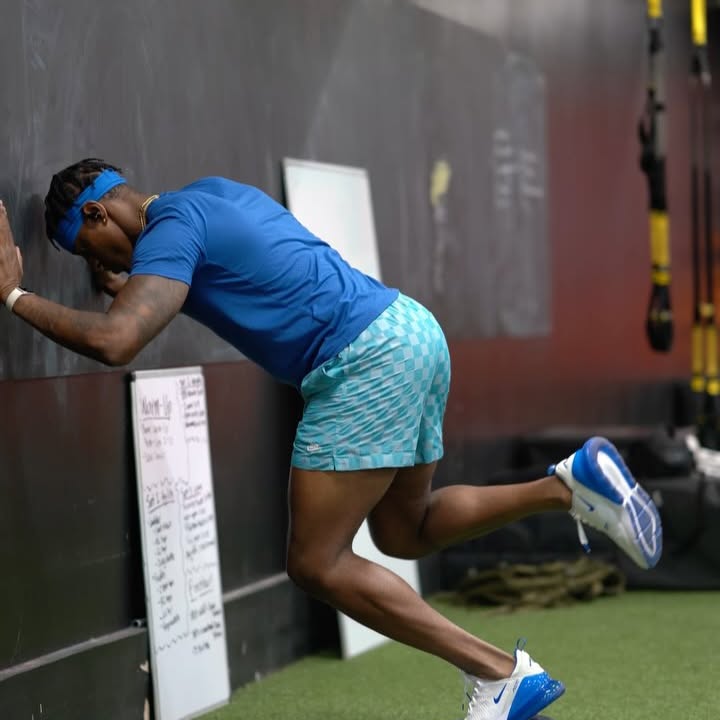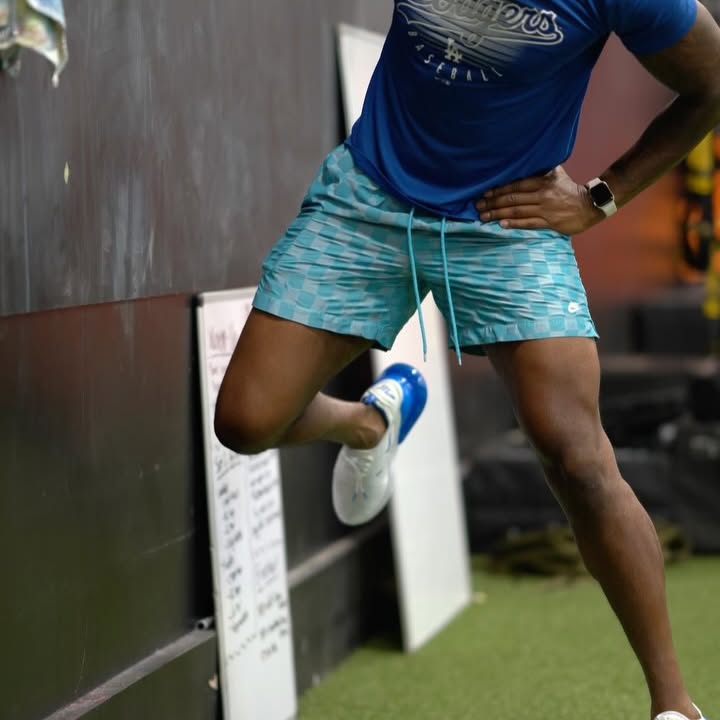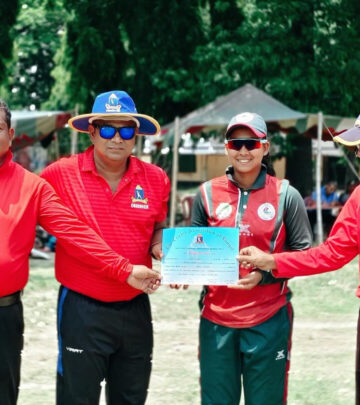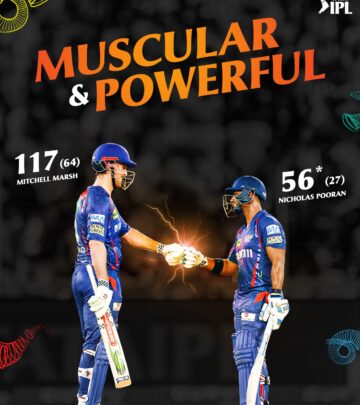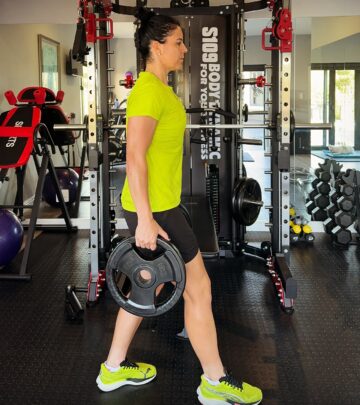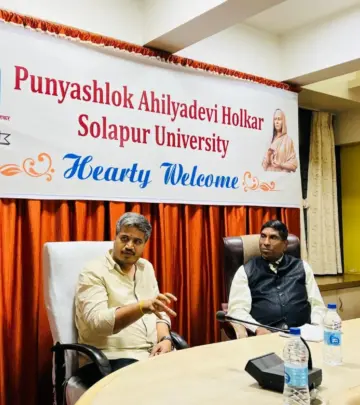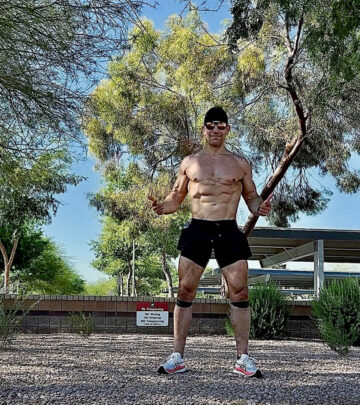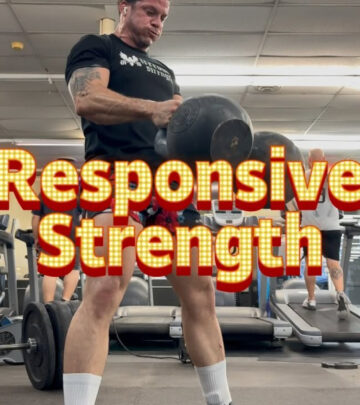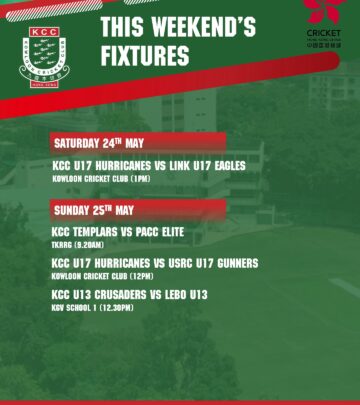Knee And Ankle Isometrics Boost Athletic Explosiveness
Unlock stability, enhanced force transfer and injury prevention for youth and pro athletes today!
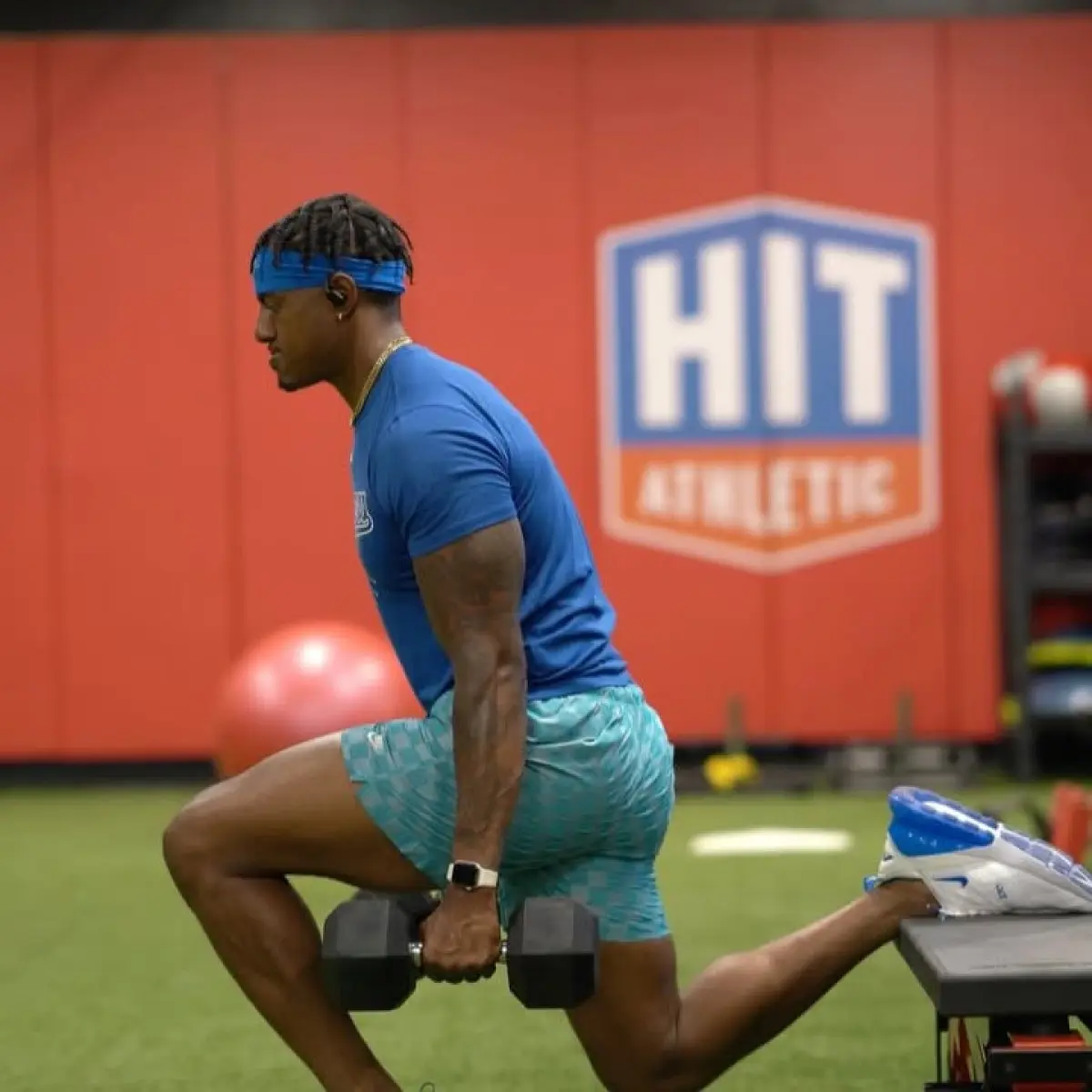
Image: Instagram
In a recent post by fitness influencer Demetrius Baker, known on Instagram as Athletic Aesthetics, the spotlight is on knee and ankle isometrics and their powerful impact on athletic performance. According to the detailed caption, skipping these exercises means leaving speed, power, and injury resistance on the table—a risk no serious athlete should take.
Understanding Isometrics
Isometrics, a form of static muscle contraction, are transforming how athletes build bulletproof stability through their feet and ankles. The exercise method focuses on enhancing force transfer during explosive activities such as sprinting, jumping, or cutting. Baker emphasizes that these drills not only help reduce the risk of sprains and other lower-body injuries but also increase reactive strength, which is essential for quick takeoffs and rapid changes in direction.
Strong ankles are the foundation of a stable and explosive athlete. Baker succinctly puts it: “Strong ankles = a stronger base = a more explosive athlete.” This simple yet powerful statement encapsulates his training philosophy. By integrating knee and ankle isometrics into every workout program—especially those geared toward youth athletes—he is setting a new standard in athletic training.
Key Benefits Of Isometric Training
The benefits outlined in the post are clear and compelling:
• Building bulletproof stability from the foot to the ankle ensures that every movement is supported by a solid base.
• Improved force transfer means that when an athlete sprints, leaps, or makes a sharp cut, the power generated from the ground is maximized.
• A marked reduction in the risk of sprains and other lower-body injuries allows athletes to train harder and recover faster.
• Enhanced reactive strength and joint awareness (proprioception) provide the legs the control needed during explosive actions.
By incorporating these benefits into routine training protocols, athletes of all ages can expect a noticeable improvement in their overall performance. Baker’s innovative approach isn’t just about building muscle; it’s about training the body to move effectively from the ground up.
Training System For Next-gen Athletes
Baker’s commitment to youth athlete development is evident in his promotion of the NEXT GEN Training System—a program that leverages isometrics as a foundation to unlock speed, mobility, and explosiveness. Designed for both parents looking for effective youth training methods and athletes seeking the next level in performance, the system promises to transform traditional training routines. Interested individuals are encouraged to send a direct message with the words “NEXT GEN” or follow the link in his bio to get started.
This tailored approach to training is not only a response to the demands of high-intensity sports but also an evolution in exercise science. Baker’s previous Instagram posts further back up his methodology. In one post titled “Explosive Speed,” he details other dynamic drills like step-up knee drives with resistance bands and pogo runner jumps, all of which emphasize his belief in explosive, controlled training. The recurring theme is that effective athletic performance is built on a foundation of stability and mobility.
Building A Foundation For Excellence
For athletes, whether amateurs or professionals, the practice of integrating knee and ankle isometrics is proving to be a game changer. Coaches and parents alike are increasingly aware that training should always start from the ground up. The foot and ankle serve as the primary interface between the body and its environment, and if they are strong and stable, the rest of the kinetic chain follows suit in developing power and agility.
Moreover, strong base training also moderates the effects of fatigue during long training sessions or extended competitions. By reducing the probability of common injuries such as sprains, athletes can maintain their training schedules and continuously improve without disruptive setbacks. As Baker notes, these exercises are so beneficial that they are integrated into every program he conducts.
In discussions across various social media channels and training forums, many emerging athletes have praised the clarity and effectiveness of Baker’s approach. His emphasis on isometric exercises resonates with those who believe that maximizing every facet of physical performance requires attention to detail—even in the smallest component of the body.
The movement is gaining traction as more athletes discover that optimizing ankle and knee stability is not solely about reducing injuries; it is a critical part of achieving explosive speed and overall athletic excellence.
Ultimately, Baker’s message is clear: a strong base is the cornerstone of performance. By focusing on knee and ankle isometrics, athletes lay a foundation that supports explosive movements, enhances reactive strength, and, most importantly, builds resilience against injuries. For anyone serious about elevating their game, the advice is both practical and transformative—start at the foundation, and watch the performance gains follow.
Read full bio of Vidya Tadapatri



